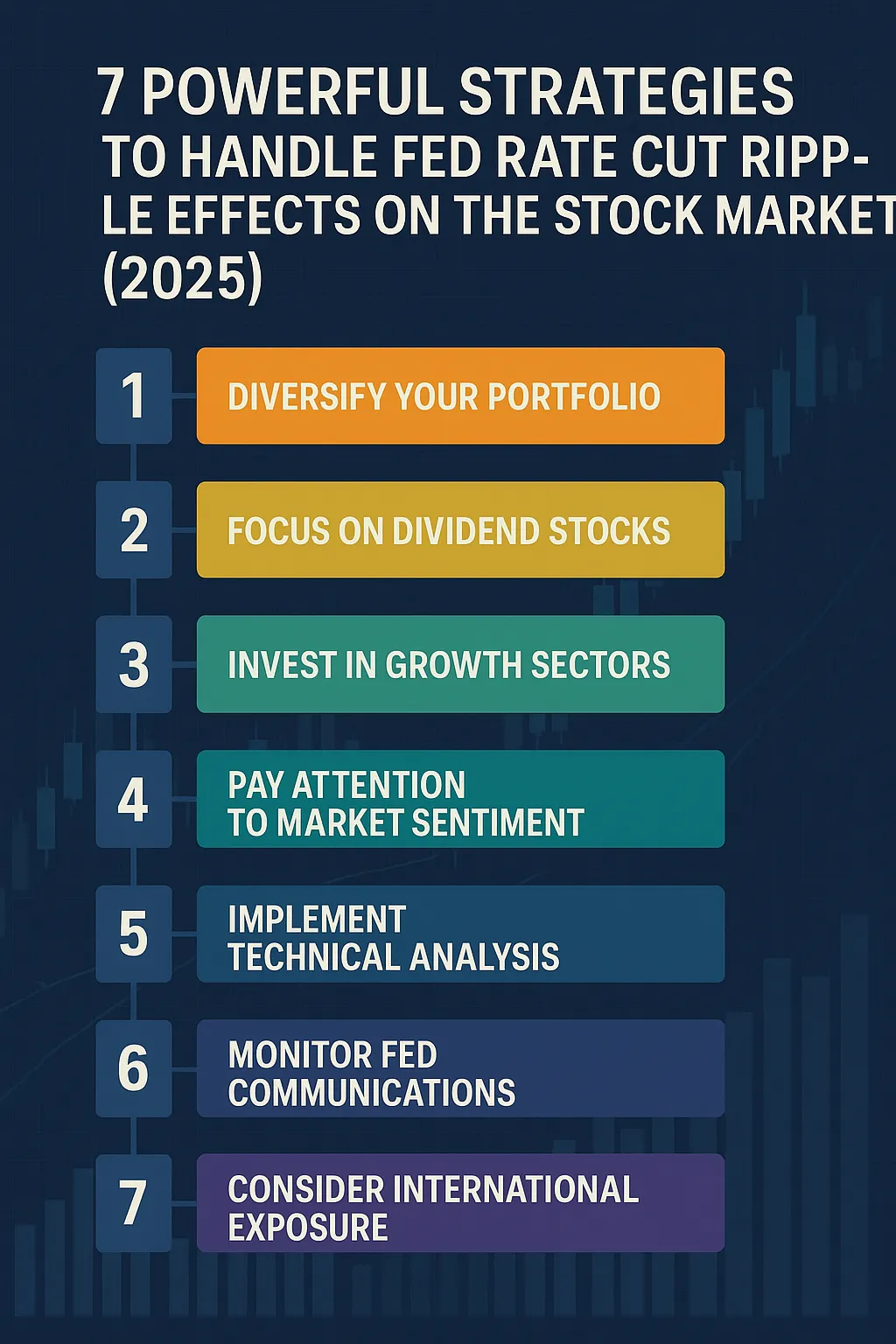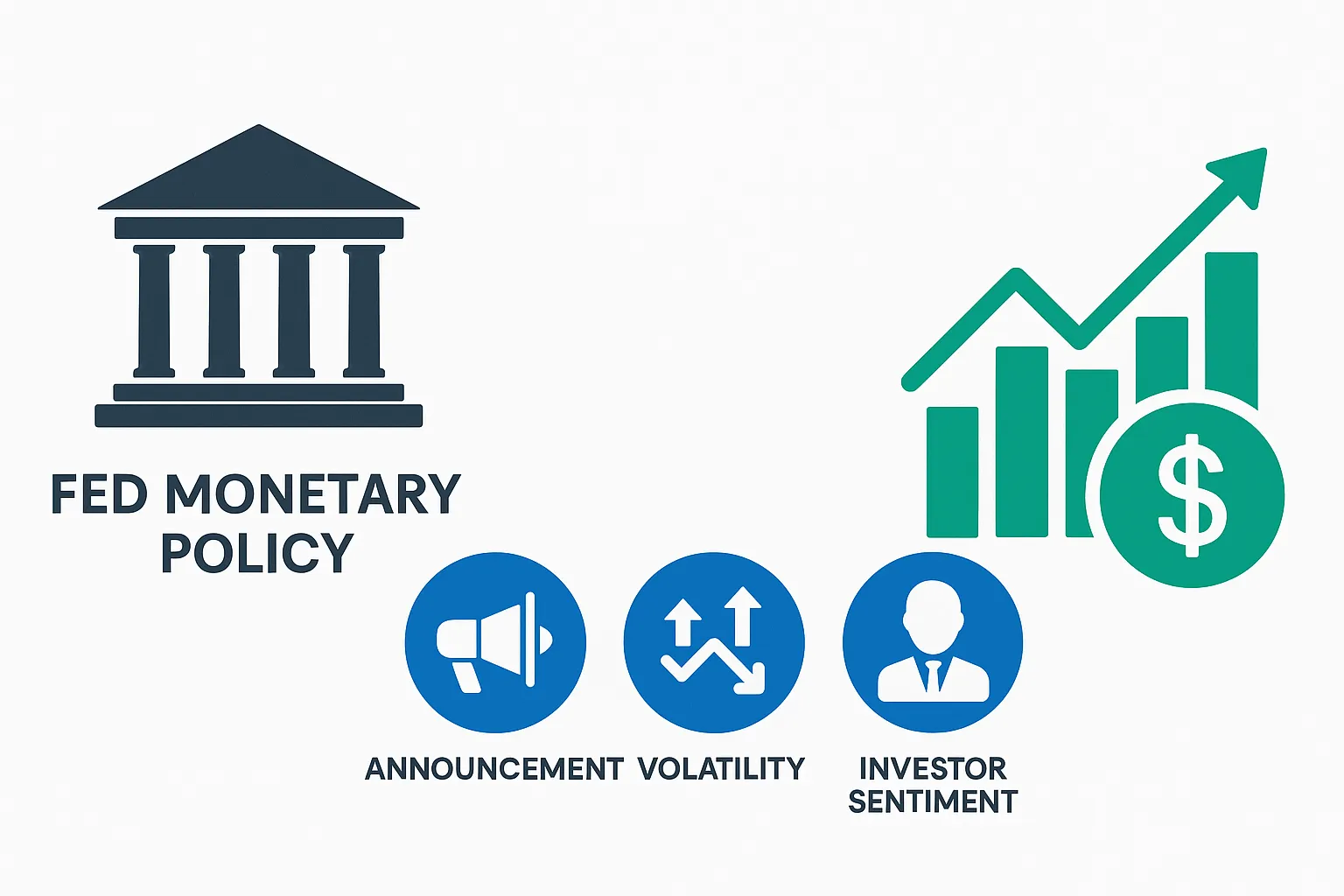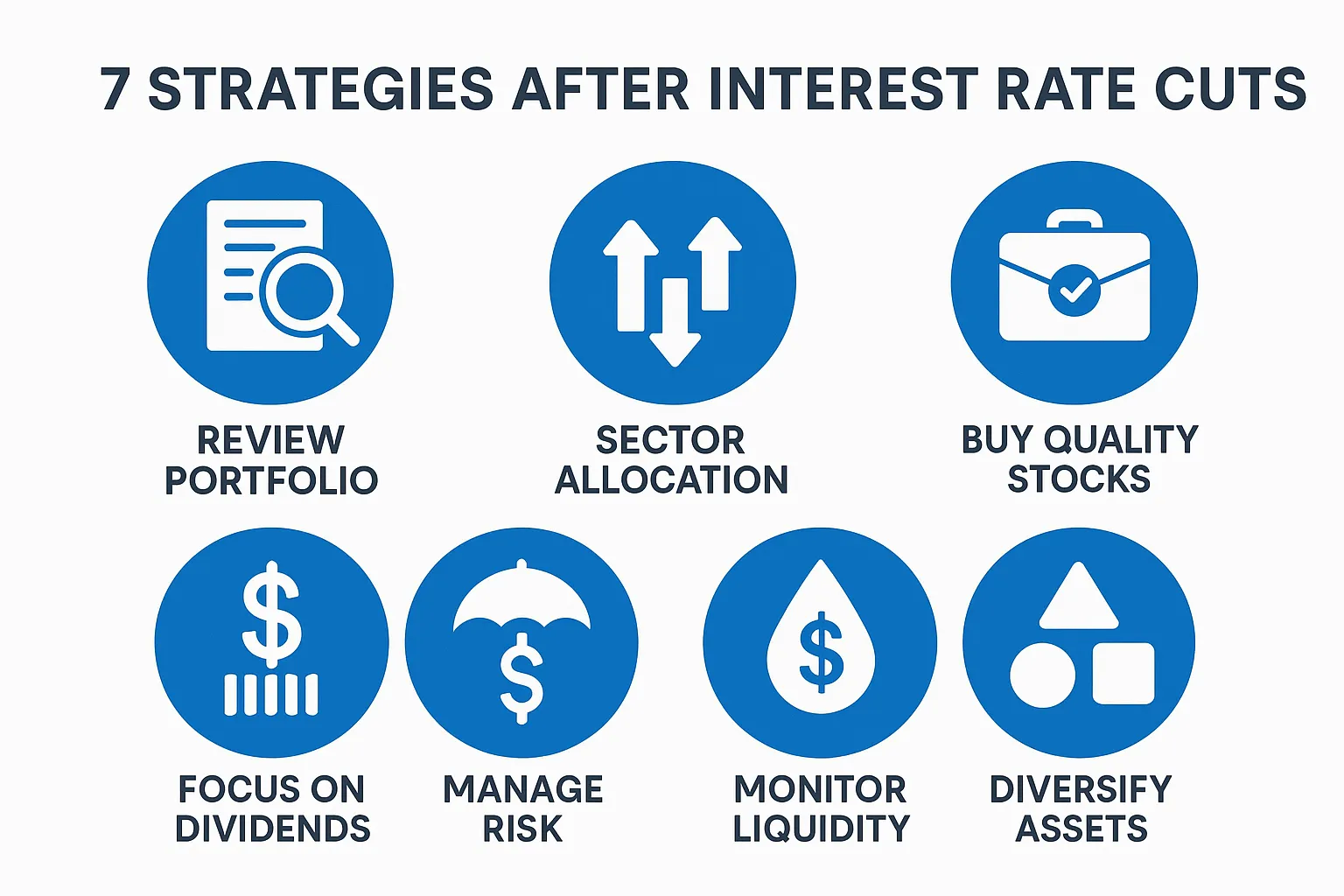The Fed rate cut ripple effects on stock market 2025 have quickly become one of the most talked-about financial topics of the year. Each time the Federal Reserve adjusts interest rates, investors, analysts, and everyday savers begin asking the same question: what does this mean for the stock market, and how should we respond? While some see a rate cut as a signal for growth and opportunity, others worry about hidden risks and long-term uncertainty.
History shows us that the stock market reaction to Fed rate cut decisions is rarely simple. Stocks may rally in the short term as borrowing becomes cheaper, but certain sectors can also experience turbulence. Banks, insurance companies, and other financial institutions may see profitability squeezed. On the other hand, consumer-driven sectors such as retail and housing often benefit when money is easier to access. These contrasting movements create what many investors call the “ripple effects” of Fed decisions—waves of change that flow through the market for months, sometimes even years.
For investors heading into 2025, this landscape presents both challenges and opportunities. If you are holding long-term investments, the temptation might be to sit back and ride out the changes. But for those actively managing their portfolios, knowing which stock strategies after interest rate cuts work best can make the difference between growth and loss. That’s why this guide will walk you step by step through seven practical, research-based strategies to help you adapt.
Even more important is understanding how Fed monetary policy and stocks are deeply linked. The Federal Reserve doesn’t just set rates in a vacuum—it responds to inflation, unemployment, and global economic shifts. By learning how to interpret these decisions in context, you can prepare for the ripple effects before they fully hit the market.
This article is designed not just for day traders, but also for long-term investors, retirees, and anyone who wants to safeguard their wealth in unpredictable times. Whether you’re watching headlines on Bloomberg or following detailed analysis on Reuters, the key takeaway is the same: rate cuts create waves, and smart investors need to learn how to surf them rather than being pulled under.
Introduction: Why Fed Rate Cuts Matter
Interest rate cuts are more than just headlines. They affect mortgages, car loans, credit cards, and most importantly, the cost of corporate borrowing. When businesses can borrow at lower rates, they are more likely to expand, hire workers, and invest in new projects. But if rate cuts happen too quickly or too often, they can signal that the economy is slowing down, raising fears of a potential recession. Understanding both the positive and negative ripple effects of these moves is crucial for investors at every level.



